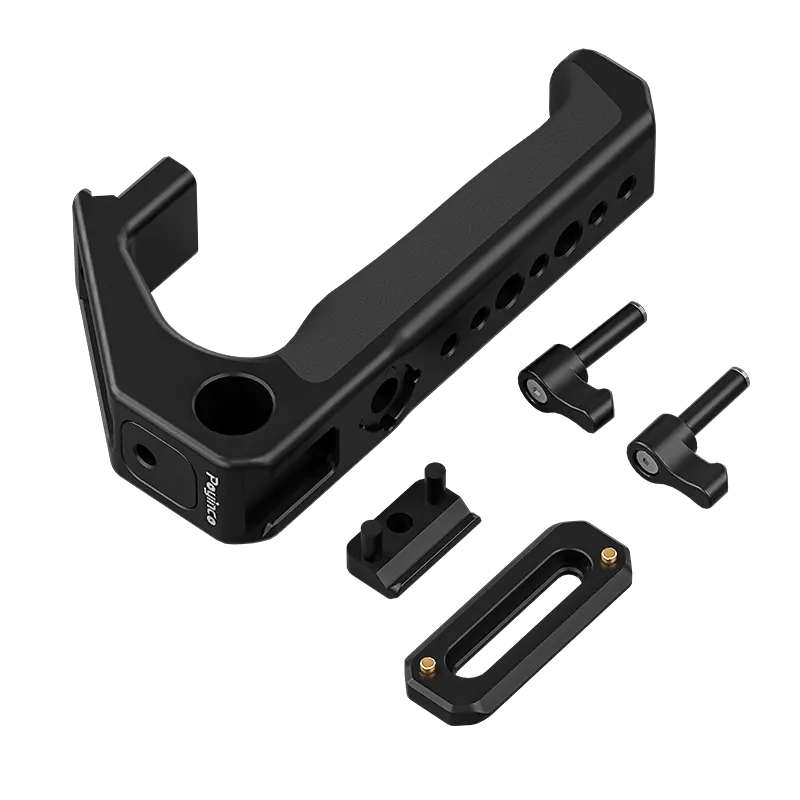

Time:2025-05-16 Views:1

CNC lathes are indispensable tools in accessory manufacturing, providing precise and efficient machining capabilities for a wide range of accessories used in various industries. These lathes are designed to rotate the workpiece while a cutting tool removes material to create the desired shape and dimensions of the accessory.
In accessory manufacturing, CNC lathes offer several key advantages. One of the primary benefits is their high level of precision. The computer - controlled system of a CNC lathe allows for extremely accurate positioning and movement of the cutting tool, ensuring that the accessories are manufactured to exact specifications. This precision is crucial for accessories that need to fit precisely with other components, such as fasteners, connectors, and small mechanical parts. For example, in the manufacturing of watch components, where even the slightest deviation in size can affect the performance and appearance of the watch, CNC lathes can produce highly accurate gears, shafts, and casings.
CNC lathes also offer excellent repeatability. Once programmed, they can produce multiple identical accessories with consistent quality, reducing the variation between individual parts. This is particularly important in mass - production scenarios, where a large number of accessories need to be manufactured with the same level of quality. In the automotive industry, for instance, CNC lathes are used to produce thousands of identical engine accessories, such as camshafts, crankshafts, and pulleys, ensuring that each part meets the strict quality standards of the vehicle manufacturer.
Another advantage of CNC lathes in accessory manufacturing is their versatility. They can be used to machine a wide variety of materials, including metals, plastics, and composites. Different cutting tools and machining techniques can be applied depending on the material and the design requirements of the accessory. For example, when manufacturing plastic accessories, specialized cutting tools and lower cutting speeds may be used to prevent melting and ensure a smooth finish. In addition, CNC lathes can perform multiple operations in a single setup, such as turning, facing, threading, and grooving, eliminating the need for multiple machines and reducing production time and costs.
Furthermore, CNC lathes are equipped with advanced features such as automatic tool changers, which allow for quick and seamless switching between different cutting tools. This increases the efficiency of the machining process and enables the production of more complex accessories. The integration of sensors and feedback systems in modern CNC lathes also allows for real - time monitoring of the machining process, ensuring that any deviations from the programmed parameters are detected and corrected immediately, further enhancing the quality and reliability of the manufactured accessories.
Read recommendations:
underwater photography without strobe equipment
river underwater photography Accessories
skateboarding camera handle Wholesale market